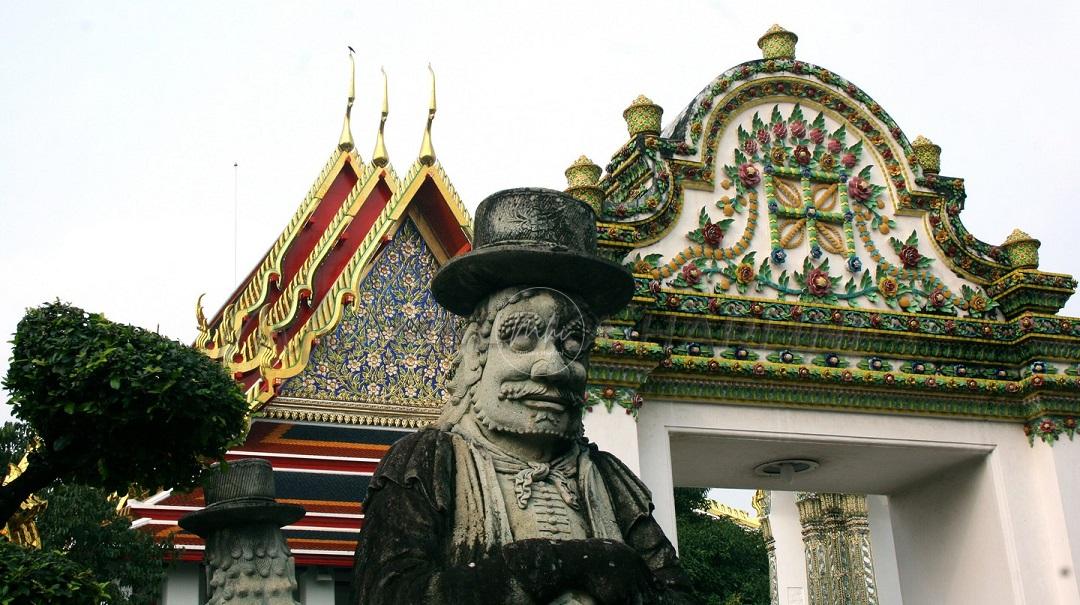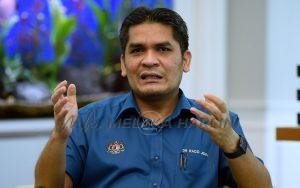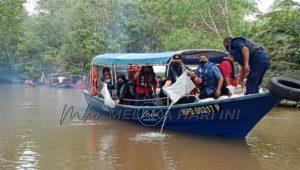
The Siamese Farang: Quest for Siwilai and Identity
THE Thais, like some ethnicities in the world, experience problems of self and identity. One is how the foreign Other defines Thai and Thainess. That Other is called Farang – crucially influential in Thai cultural and intellectual discourse. Thai national and cultural identities are in the constant process of making and remaking. The Farang is like the Ferringhi in the Malay imagination. But unlike the Siamese Farang, the Ferringhi is seen by the Malays as benign.
These conditions may well inform us on our Thai neighbor. Malaysia’s history with Thailand is a complex one. Beyond the description of the Siamese in various episodes in Malaysia’s past, and especially the description of ‘Siam perut hijau’ (literally, green bellied Siamese), with its various narratives, the rest of the Malays are generally ambivalent of their Siamese/Thai other.
In his 1946 memoir, Prince Damrong, son of King Mongkut, mentioned his childhood desire for a metal Farang pen (pakka farang), distinguishable from the Siamese wooden pen or brush. His half-brother and newly-crowned King Chulalongkorn gave him a green Farang jacket upon his first royal audience. These were described as ‘modern things’.
In modern Thai cultural landscape, adopting certain Farang ways of life and consuming Farang things had formed crucial methods to civilizing or building the ‘New Siam’ empire. It maintains the Siamese ‘quest for siwilai’ (civilized status) in promoting Westernized modes of consumption and self-presentation.
Thai historian Thongchai Winichakul (2000) describes the royal elites as considering themselves ‘civilizing agents’, largely refashioning themselves after Farang civilization and projecting their desired status away from the image of ‘traditional’ Siamese rulers. The Farang was always mentioned as a generic reference to Westerners, e.g., “farang, angkrit, wilanda” (literally, Westerner, English, Dutch). The Portuguese was probably the first Europeans they encountered.
Siam, prior to the reign of King Chulalongkorn had always opened itself to the world. It was not a closed Kingdom as generally conceived of. The Siamese, especially the ruling elite, had been highly cosmopolitan and self-conscious of their own positions as well as images of themselves and Siam in the eyes of the world.
Farang refers to any White people in general. Prince Damrong, who was then an expatriate living in Pulau Pinang, as a consequence of the 1932 Revolution wrote to his critic: “We the Thais follow the Indians in using the term Farang. I once read an account concerning the origin of this term, Frank, which refers to a group of European people who once occupied the land of today’s France.”
He argued that all European peoples were addressed as ‘Franks’ which later on had become ‘Frenghi.’ According to Prince Damrong, the Indians addressed the Portuguese as “Frenghi,” “Despite having contacts with many European nationalities, the Indians have still retained this name for the Portuguese and their [racially] mix-blooded descendants.”
Hence, to Prince Damrong, Farang derives from the Indian reference to European contacts, especially the Portuguese. The Siamese have adopted the Indian marker of the West and redefined it to suit their own experiences. In a way, it reinforces the royal elite’s projection of strong religio-cultural ties between Siamese and Indic civilizations. Prince Damrong made a general reference to India. He was not entirely correct. In my earlier writings though, I cited that in Tamil, the ‘Franks’ are variably referred to as ‘pirangi,’ ‘parangiar’, ‘farengi’ and ‘farangi.’ In Tamil Nadu, there is a place called Peranggi Pettai (a foreigner’s or White village). In Malayalam it is ‘Farangi’ or ‘Parangki’; and Hindi Farenghi’ and ‘Firangi.
It was the Persian or the Farsi-speakers from the Indian subcontinent who played their part in transporting the word to Ayutthaya in the sixteenth century. The Persian word was ‘Farang’, referring to early Portuguese traders and subsequently to all Europeans. It would be a Farsi loanword into Siamese, such as kulab from gulab, and angun from angur.
Anthropologist Pattana Kitiarsa in his writings has described the complex relations between the Siamese and white foreigners as “An Ambiguous Intimacy: Farang as Siamese Occidentalism” (2010). An earlier 2004 version was titled “The Ambiguous Allures of the West: Power, Aesthetics and the Role of ‘Cultural Others’ in the Making of Thai Identities. In 2005 it was published as “Farang as Siamese Occidentalism” by the Asia Research Institute, National University of Singapore.
Drawing from expressions of leading Thai public intellectuals, Kitiarsa draws a picture of the Farang in the following way: “…the wicked Other of the Thai. From time to time, the West has been represented as the giant, tricky wolf, while Siam the little helpless and innocent lamb.”
How have Farang become part of the discourses on Thainess? The Farang has to be read as a Thai production system of power/knowledge concerning the West, representing an ethnocultural mirror measuring and projecting the hierarchical distance and otherness between the imagined Thai “We-Self” and the constructed “Western Other”. Winichakul (1994) calls this “negative identification” together with some non-Thai sociocultural and political connotations seen in the markers Chek/Jek (Mainland and Overseas Chinese, Sino-Thai), Khaek (Persian, Indo-Malay, South Asian, West Asian and most Asian Muslims). This identification significantly affects the exercise to redefine and remake Siam’s national and cultural selves.
It has been argued that the Siamese classified the West and Muslims as “barbaric, exotic, and religiously out-castes.” The non-Siamese others is judged and defined as Others to self-consciously insist that “We-Siam are not uncivilized or Barbaric.”
Farang is a linguistic as well as a cultural signifier of cosmopolitanism. From the Thai perspective, it demonstrates Siamese experiences of intercultural contacts and exchanges. The Farang in early Siamese history during the 16th and 17th centuries, comprises European travelers, traders, mercenaries and missionaries during the Ayutthaya period. The Farang carry dubious identities, maintaining close relationships within their own ethnoculturally-bounded communities. The Ayutthaya community also comprises other non-Farang foreigners of different origins such as the Burmese, Chinese, Japanese, Mons, Persians, and Malays.
Langgani saluran Telegram kami untuk dapatkan berita-berita yang terkini.



One thought on “The Siamese Farang: Quest for Siwilai and Identity”
Comments are closed.